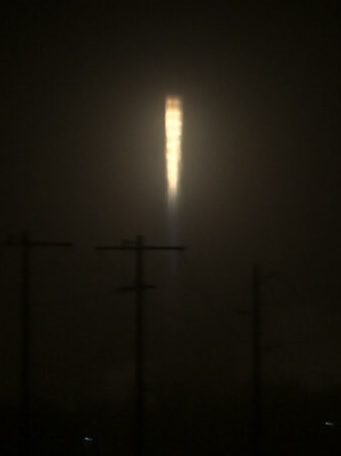After a last-second abort delayed a launch the day before, start-up Firefly Aerospace launched the Firefly Alpha from Vandenberg, US, at 0701 GMT on 1 October 2022. The vehicle carried seven payloads to orbit: Serenity II, TechEdSat-15 and five picosats, Genesis-G and -J, Qubik 3 and 4 and Fossasat-1B-2 which were released by a Picobus deployer. This was declared the first “successful” flight for the Firefly Alpha. It had a launch failure in September 2021 related to a first-stage engine shutdown. However, subsequent to the launch doubts grew about whether it was truly a “success” as the satellites, rather than being left in 300 km circular orbit as planned, were instead left in 270 x 210 km orbits inclined at 137 degrees.
The day before the launch it was announced that Firefly Space Transport Services and Millennium Space Systems had received launch and construction contracts, respectively, to launch the Victus Nox spacecraft, a demonstration mission under the Tactically Responsive Space (TacRS) programme. This is, in effect, a demonstration of a quick-launch mission.

Firefly Alpha finally launches successfully on 1 October 2022. Courtesy: US Space Force via SpaceNews
Update on 20 October: The low perigee meant that the satellites re-entered much earlier than planned. In fact, all the satellites had re-entered by 7 October. Seradata subsequently rated the launch as a partial failure for most of the satellites, with an average (mean) 75 per cent loss of lifespan compared to their design lives.








